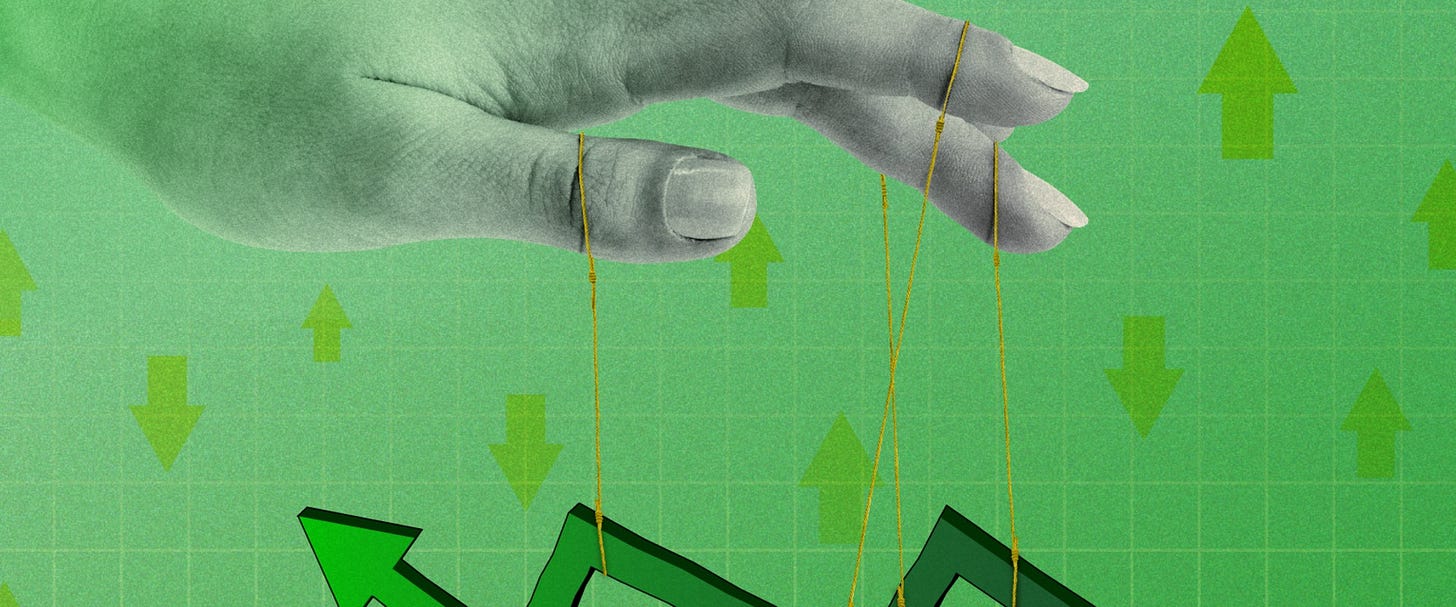Unfree enterprise
Perhaps economic concepts from the 18th century no longer apply in the 21st
In the early 1970s, the American economist John Kenneth Galbraith advanced the provocative thesis that the market economy, at least as generally construed in mainstream discourse, had, in important ways, become something of a myth. As usually represented in the likes of political debates, chamber of commerce position papers, and so on, the reigning template still conformed to the principles of free enterprise. Today, to an even greater extent than when Galbraith published books like The New Industrial State and Economics and the Public Purpose, that remains overwhelmingly the case.
Which is to say: both our ruling economic orthodoxy and the intuitive public understanding of how the economy works still imagine a vast and intricate market of buyers and sellers governed by the passive genius of the invisible hand. To wit: individual entrepreneurs found companies with the goal of making and/or selling goods and products that they believe consumers will want and compete on an even footing with others doing the same. Some (perhaps even most) will fail, but others will succeed and in the process satisfy consumer demand. However big or small a firm might be, the consumer is thus the market’s ultimate master: empowered to topple even the largest companies if they fail to adapt to changing circumstances or respond satisfactorily to market signals.
This is, of course, a crude sketch of how markets work at the best of times. Regardless, it intuitively brings with it plenty of other unexamined assumptions about the nature of the modern economy. Free enterprise, at least understood this way, is typically cast as the dynamic antithesis of economic planning — something inherently less efficient, more bureaucratic, and (depending on who you ask) potentially authoritarian as well.
This brings us back to Galbraith, whose provocative argument was that the market economy as typically understood had in fact gone the way of the dodo bird. In its place, there were now effectively two parallel economies: a minor one consisting of smaller retailers and firms that still at least partly run on the principles of classical liberal economics and a much larger “planning sector” consisting of major corporations. One can quibble with aspects of this analysis and, it originating from the 1970s, it now if anything understates the case.
Keep reading with a 7-day free trial
Subscribe to Luke Savage to keep reading this post and get 7 days of free access to the full post archives.


